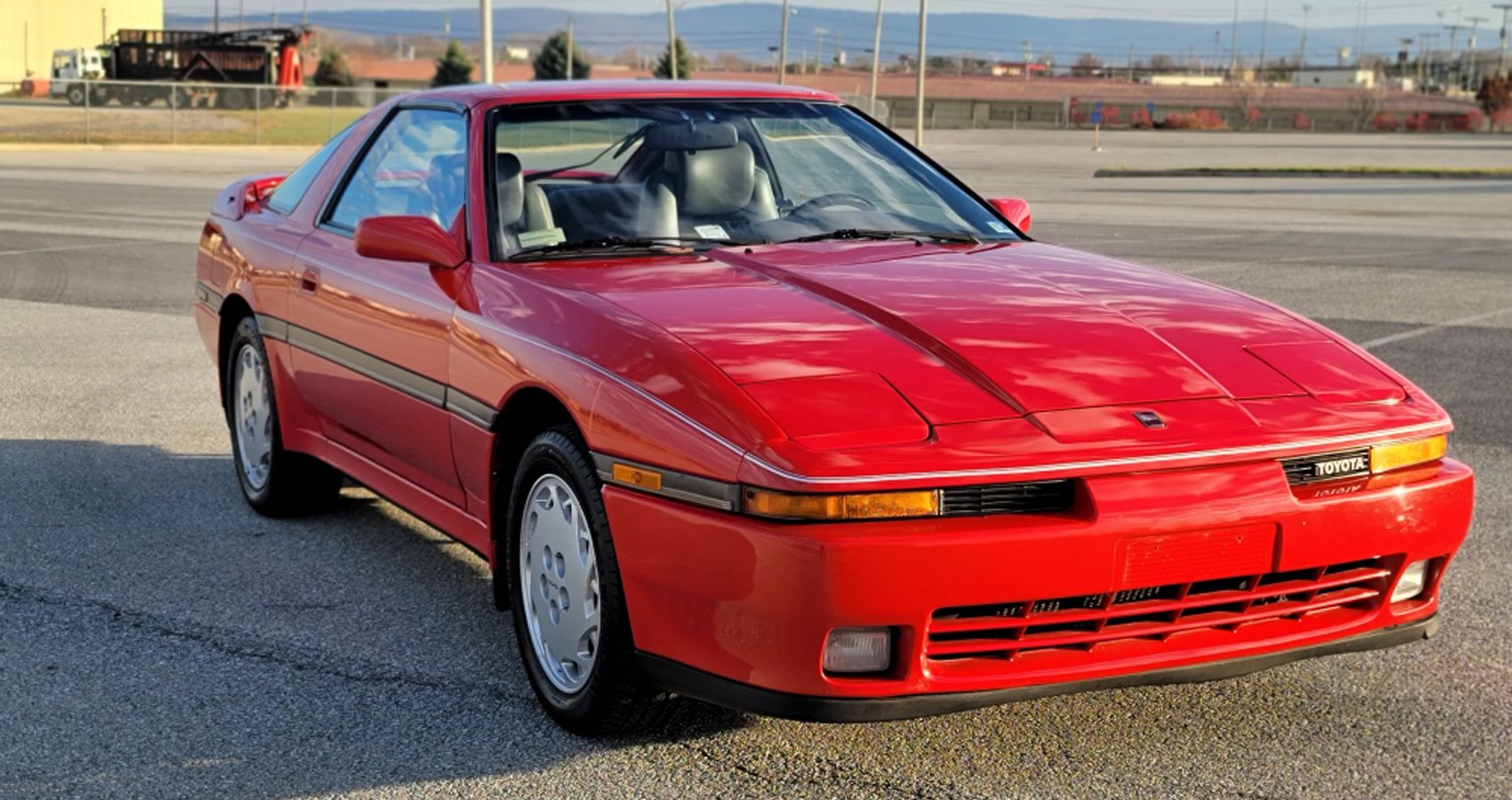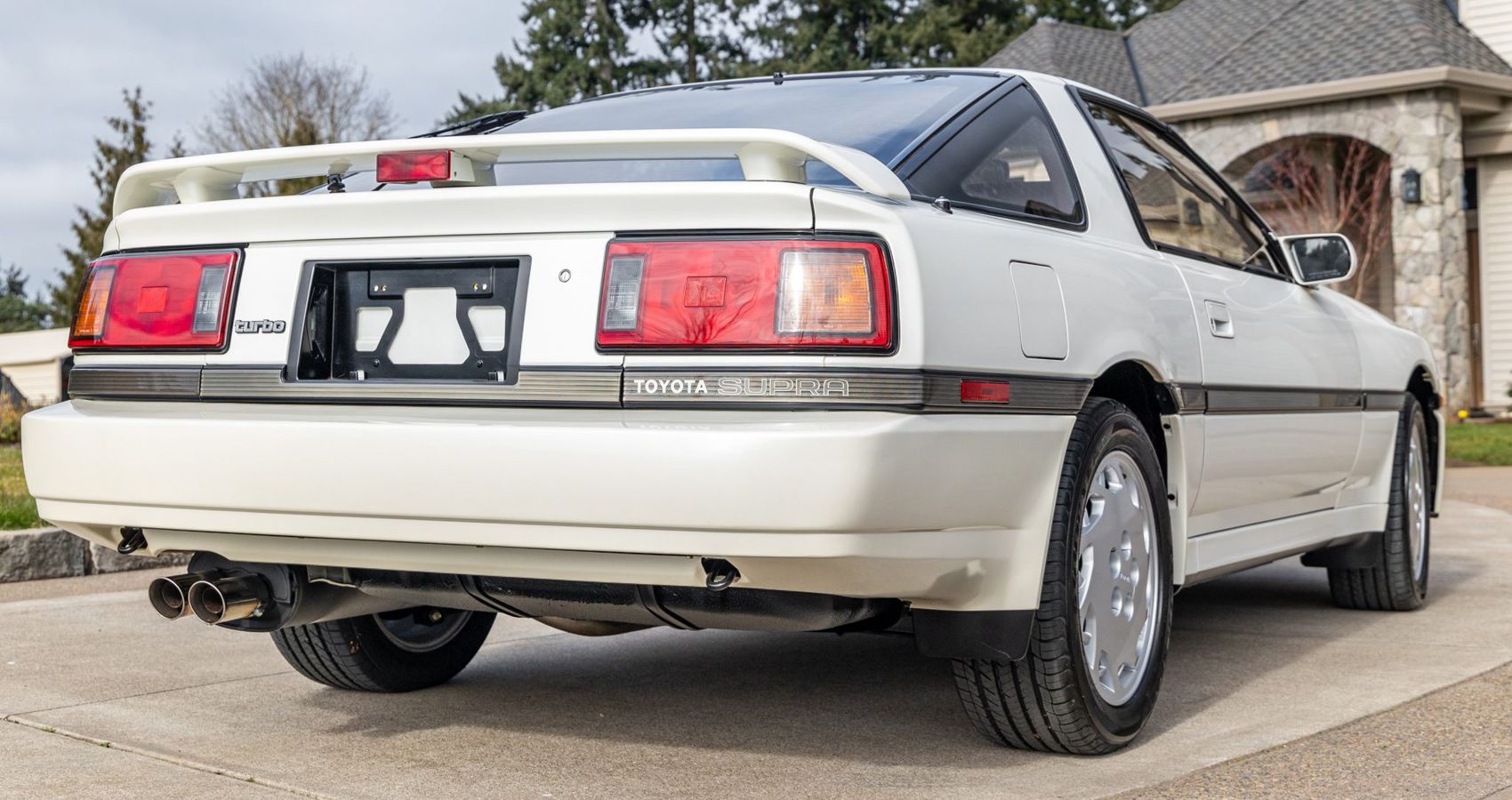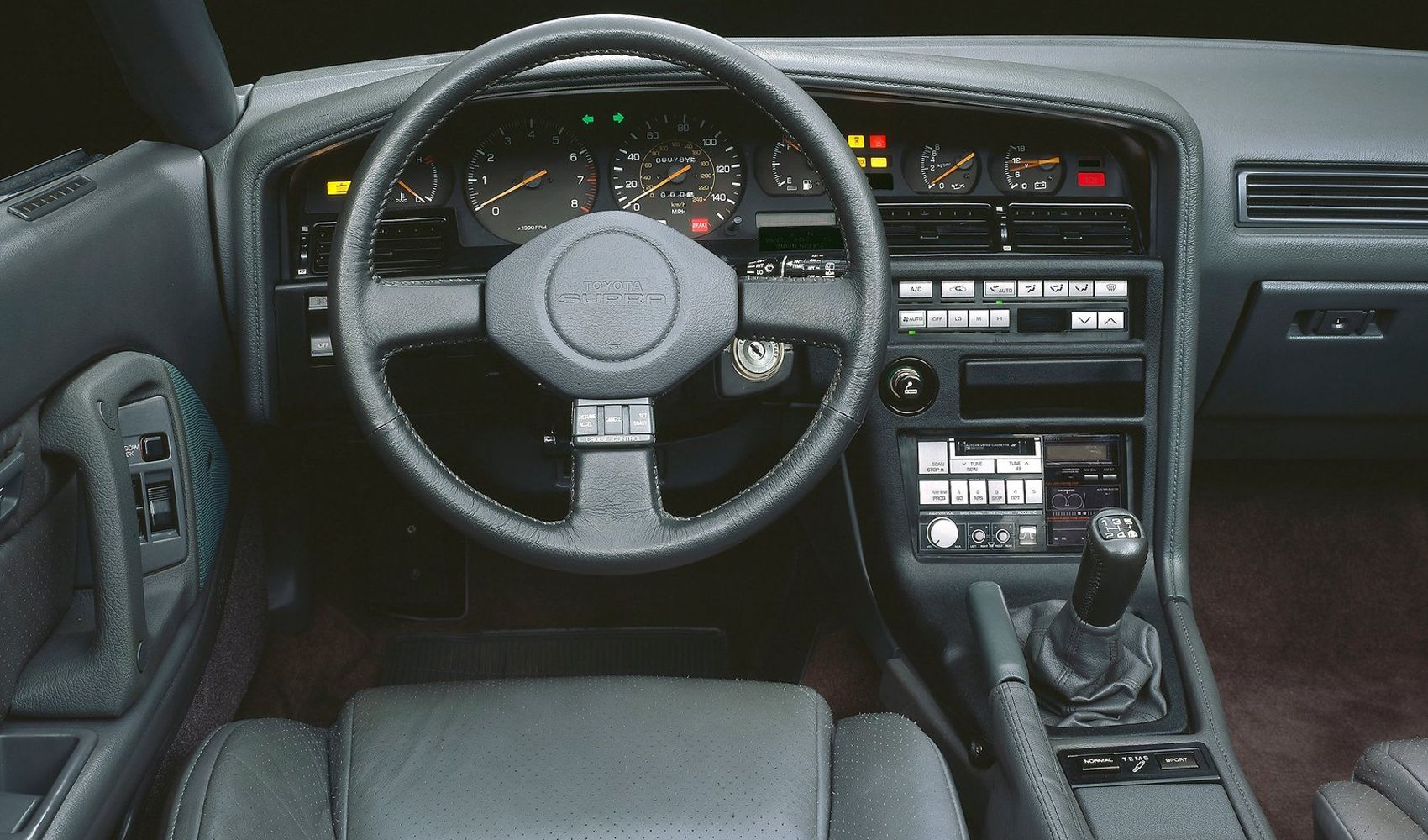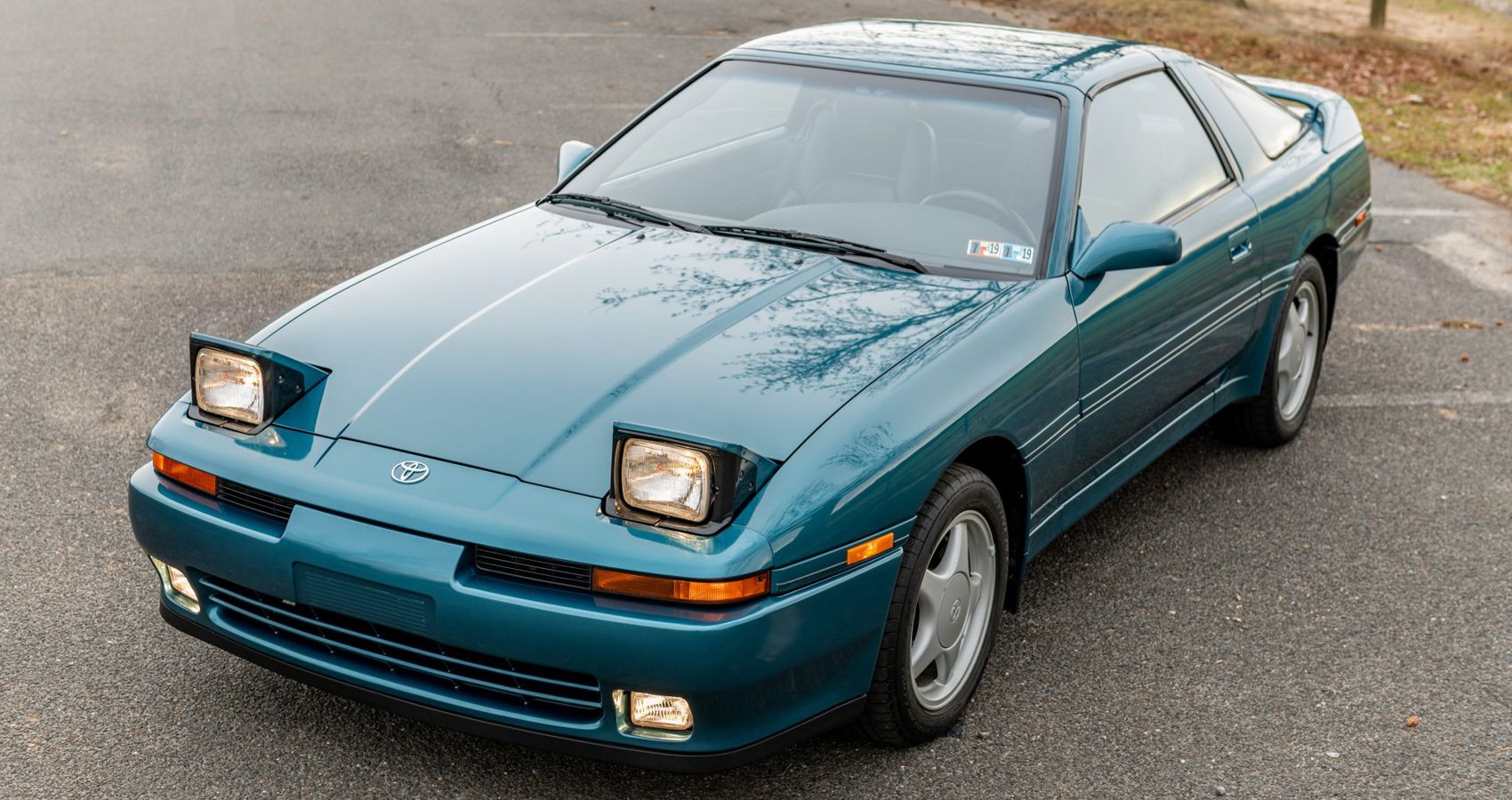Referred to as a “certified Japanese sports car legend” by its diehard fans, the original Toyota Supra that debuted in 1978 had a lot in common with its older sibling, the Toyota Celica. Perhaps, that’s why the Supra is often confused with the Celica, and vice versa. Matters were further confused by the official nomenclature of the car, as it debuted as the Celica Supra, an offshoot of the Celica lineup but as a longer and wider model infused with premium features.
At its launch in the US in 1979, it became Toyota’s first vehicle to offer cruise control to American buyers. It came with a choice of more-powerful six-pot engines instead of the Celica’s four-pots so while the Celica and Supra may have looked and sounded similar, the Supra was a star.
In mid-1986, Toyota separated the Celica from the Supra and debuted the third generation Supra as a stand-alone nameplate. Codenamed the A70 Supra, this rear-wheel-drive sports car sailed into success almost instantly and has become a JDM icon today.
Armed with the double-wishbone suspension in the front and rear, the A70 Supra was the first to offer anti-lock brakes to its ardent fans. It’s got plenty of top qualities leading to its bulletproof reputation, so let’s delve more into the Supra which is every JDM-er’s delight.
The Turbocharged Toyota A70 Supra
After its uncontested separation from the front-wheel-drive Toyota Celica, the rear-wheel-drive A70 Supra now had an identity of its own and was ready to change the game. This was the golden age of Japanese automotive engineering so Toyota had the best in store for this third-gen Supra to claim worldwide sports car superiority. Armed with a massive amount of technology and performance powers, the A70 Supra was one of the most impressive cars of that era.
As a 1986.5 model, the A70 Supra was initially equipped with a naturally-aspirated 3.0-litre DOHC inline-6 engine cranking out 200 horsepower and 196 lb-ft of torque. However, just a few months later, Toyota dropped a turbocharged unit under the hood of this Supra turning it into a frenetic speedster on steroids. Now, this high-zoot turbocharged 3.0-liter DOHC inline-6 engine hammered out a whopping 230 horsepower and 246 lb-ft of torque.
It was a relatively heavy car because of all the technology it carried but the Turbo Supra ran the 0-to-60 mph mark in mere 6.4 seconds. It was more than 1.5 seconds quicker than the naturally-aspirated Supra and enough for it to move closer to the big leagues of sports car bazaar like the Corvette, the Porsche 944 Turbo, the Mazda RX-7 Turbo, and the Camaro IROC-Z. Apart from the increased power, this wild sports car also had a new color-matched rear spoiler and a small "Turbo" badge between the taillights to boast.
Why Is The A70 Supra Special?
To match this extra power, Toyota offered the Turbo Supra with two kinds of deft transmissions. A 4-speed electronically-controlled automatic transmission went in, fine-tuned to handle the additional torque. But for the ones who loved the stick shift, an exclusive all-new 5-speed manual was the only choice. So everything in the A70 Supra was special and then some.
One of the strongest points of MkIII Supra was its new beefy suspension called the “Toyota Electronic Modulated Suspension” or just TEMS. It was a standard feature on the Turbo models but optional on the naturally-aspirated ones. However, there were plenty of other standard features that included 8-way adjustable sport seats, one-touch power windows, power mirrors, and automatic climate controls while features like the antilock brakes, a Targa top, and leather interior were available as options.
Popularly known as the A70 or MkIII Supra, it was the fastest car of its era that came from of the land of the rising sun. So it ran in the Japanese Group A racing, European touring car championships, and Group A rallying, and made an indelible mark in the racing world. It also had a brief career within the WRC before Toyota introduced the high-profile four-wheel-drive ST165 Celica GT-Four in 1988.
The A70 Supra That’s Still Affordable
For the Japanese domestic market, Toyota had three more iterations of the Supra that remained a forbidden fruit for American fans. The first one came with a 2.0-liter inline-6 mill putting out 158 horsepower and 130 lb-ft of torque. The second one housed a more-powerful twin-turbocharged 2.0-liter inline-6 mill putting out 207 horsepower and 180 lb-ft of torque.
However, as the Japanese always reserved the best for themselves, towards the end of its journey, the 1990-1993 A70 Supra received an insane twin-turbocharged 2.5-liter 1JZ-GTE inline-6 mill jetting out 276 horsepower and 268 lb-ft of torque. This third one never left Japan until it was ready to be legally imported into the United States under the 25-year JDM rule.
Toyota sold a total of 108,565 Toyota A70 Supra globally over its 6-year lifespan. So if you’re looking for a Concours condition A70 Supra today you need to shell out about $30,000 or even more depending on the number of miles on it. A 147-mile 1987 Toyota Supra Turbo went for an astonishing $88,888 earlier this year.
In fair condition, the A70 Supra will set you back by about $20,000 which is a great bargain for a car name that has left an indelible stamp on the sports car scene.
Sources: BringaTrailer, Hagerty




